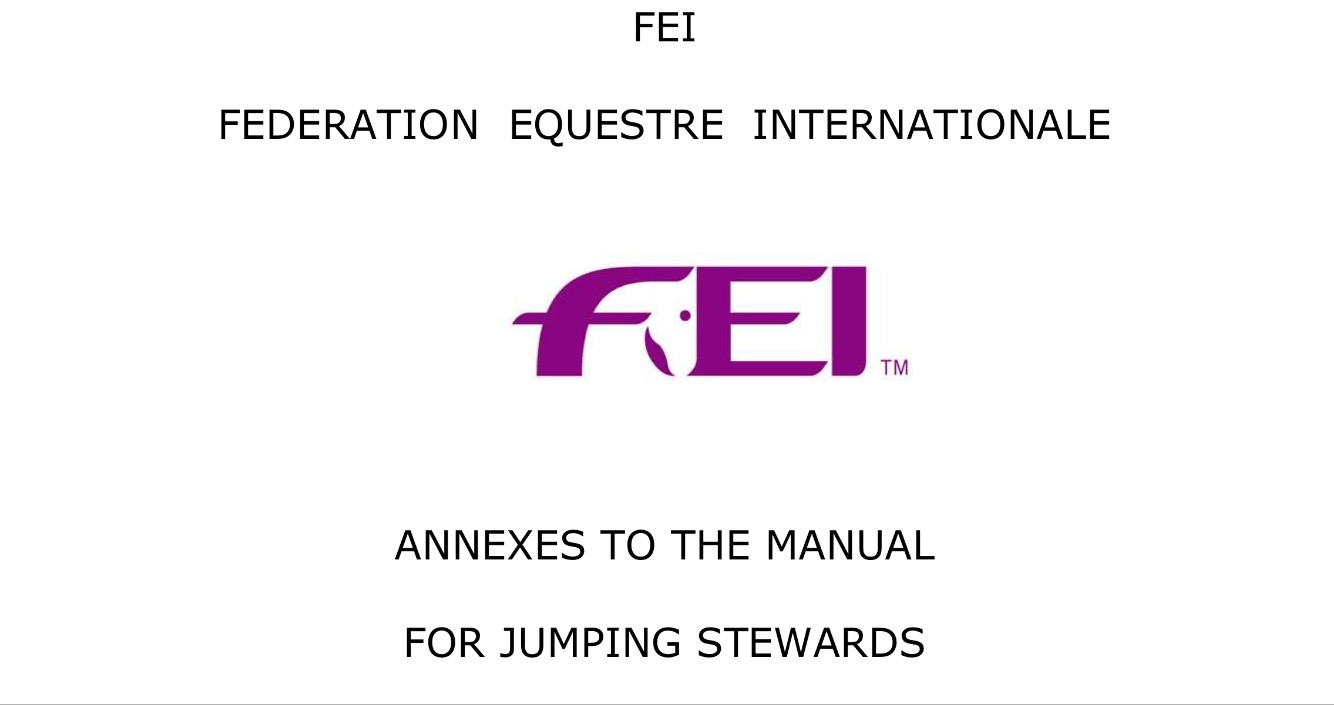There was significant controversy in the aftermath of Bertram Allen and Quiet Easy being disqualified from their victory in the Olympia Grand Prix last year. Blood was found on the horse’s flank, which under article 242.3.1 of the FEI Jumping Rules (referred to as the “Blood Rule”) resulted in mandatory disqualification.
Bertram Allen appealed on the ground that the mere presence of blood and or a mark on the horse’s flank was not of itself enough to breach the rule. It was argued that there also had to be evidence of excessive use of the spur, which was accepted not to be the case. The appeal committee rejected this argument and the disqualification stood.
Among the outpouring of support for Bertram Allen was severe criticism of not only the blood rule itself but also the stewards and ground jury who enforced it. As reported in the Telegraph on 22 December 2015 (Link to Telegraph Article), there were calls for a review of the FEI’s blood rules following the controversial disqualification.
In light of these events the FEI this month updated its Annexes to The Manual for Jumping Stewards to provide further guidance to jumping stewards as to the handling of cases of blood on a horse’s flanks and/or marks indicating excessive use of the spurs. The full version of the Manual, with the changes highlighted in red, can be reviewed by clicking here.
The rules, if drafted and applied properly, should be there to protect not only the horses but also the riders, stewards and ground jury. Hopefully the new guidance contained in the Manual will provide greater transparency and certainty for both riders and officials leading to greater trust between them in the future.
There will be those that remain critical of the blood rule itself that lead to Bertram Allen’s disqualification and overshadowed the final day of last year’s Olympia. This is unsurprising given the perceived harshness of the disqualification on an extremely talented young rider who had managed to outperform his distinguished counterparts in the final day’s feature event.
It should not come as a surprise though that the blood rule itself remains unchanged. The FEI Secretary General’s (Sabrina Ibáñez) statement (Link to Statement) released shortly after the event did not indicate any concerns about the existing form of the rule. The statement read:
I have absolutely no doubt that the protocols regarding blood on the horse were followed correctly at London Olympia on Monday night.
Of course this incident has created a considerable amount of discussion on social media because Bertram Allen would otherwise have won the Grand Prix, so there is a high level of sympathy for him, but the FEI Officials were in Olympia – as they are at every event run under FEI Rules – to ensure a fair and level playing field and that the welfare of the horse is protected.
Blood was found on the flank of Bertram Allen’s horse and, under FEI Jumping Rules, that results in mandatory disqualification. The situation was reported to the Ground Jury by the FEI Steward who had conducted the normal post-competition check on the horse and Bertram Allen was then informed of his disqualification in person by the President of the Ground Jury and the Foreign Judge.
Let me be clear, disqualification under this rule does not imply that there was any intent to injure the horse, but it is crucial that the rules are enforced in order to ensure that horse welfare is protected.
It is very easy for any sports official to be criticised when they are simply doing their job. Everything at Olympia was handled correctly and in accordance with the rules, but there is no doubt that it was an unfortunate end to a wonderful event.
Whether the blood rule itself requires amending is a matter for the FEI who at present appear satisfied with the current drafting on the grounds of horse welfare. If there is to be a change to the rule in the future a period of consultation should be undertaken involving all stakeholders taking into account a broad range of matters, including horse welfare, public perception of the sport and the need for riders to have certainty as to the application of the rule.
Whilst the rule was applied correctly in its current form (it makes clear that blood on the flanks results in mandatory disqualification), it certainly seems greater consistency is required as to the application of the blood rules across the equestrian disciplines. The main purpose of the rule is the protection of horse welfare. With this in mind it is hard to see how achieving that objective is so different in each of the disciplines as to require different rules. We have set out in a table some examples of the different blood rules in force across the disciplines. Please click here to view the table.
It is noteworthy that if the Bertram Allen case was considered under the eventing or endurance rules a different outcome would have been likely.
Under the FEI Endurance Rules the Ground Jury are unlikely to have concluded that there had been cruelty or abuse justifying disqualification.
In the case of the FEI Eventing Rules, it would have been left for the discretion of the Ground Jury as to whether to eliminate. This is because the presence of blood may only be an indication of abuse and would be reviewed on a case by case basis. It is also interesting that here Bertram Allen’s argument that evidence of excessive use of the spur is required in addition to the presence of blood would have carried more weight.
As specialists in equine law Kilcradin Solicitors would welcome involvement in any cross-disciplinary consultation and review of the different “blood rules”.
